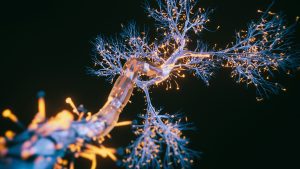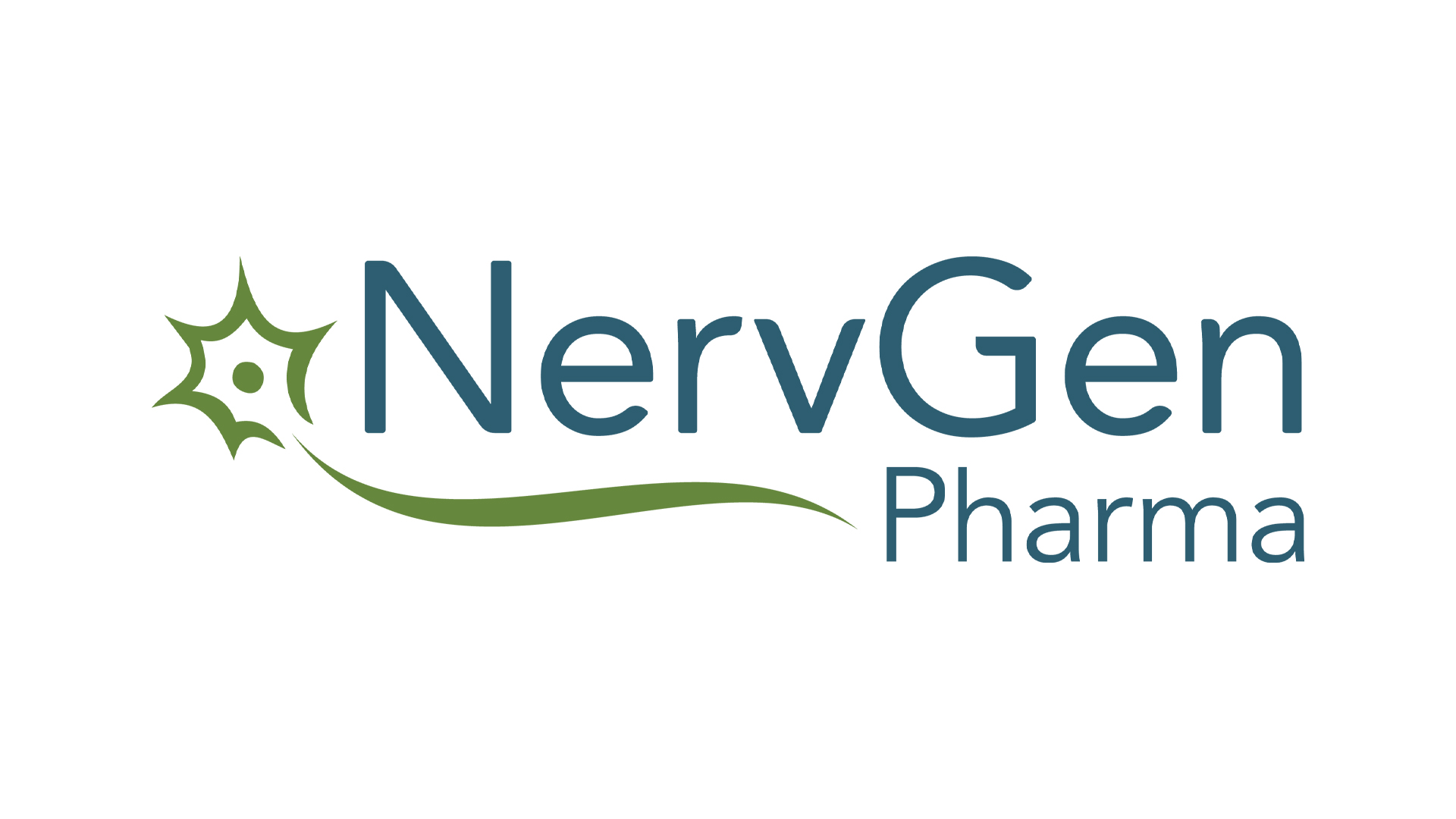
NervGen Pharma Corp. explores approaches to Alzheimer’s treatment culminating in its own novel method for treating nervous system damage using the revolutionary NVG-291 drug.
Finding the cure for Alzheimer’s has confounded researchers for decades. As a disease, Alzheimer’s is highly complex and has a wide range of symptoms, including sleeplessness, wandering, agitation, anxiety, aggression, restlessness and depression.
Because there is no cure for Alzheimer’s to date, treatments are focused on easing symptoms. There are a variety of treatments that can slow down how quickly the disease progresses, and that can improve brain performance for a period of time, but invariably the disease gets worse, and patients progress to severe disease.
Hope for Alzheimer’s patients?
Despite the lack of a cure, the National Institute of Health recently published an article describing several medications in late-stage clinical trials that could relieve those with Alzheimer’s.
In this article, the most hopeful drug mentioned was aducanumab. Aducanumab was developed by Biogen Inc. (NASDAQ: BIIB) and helps to reduce amyloid deposits in the brain.
The ability to reduce amyloid deposits made aducanumab an extremely promising development in Alzheimer’s because research demonstrated that Alzheimer’s disease is associated with the production and build-up of amyloid deposits in the brain.
Despite treating what researchers believed to be a root cause of Alzheimer’s, aducanumab did not demonstrate the ability to impact clinical symptoms or outcomes such as worsening of cognitive abilities or dementia.

What was the problem with the Alzheimer’s study?
Earlier this year, in an article published in Science, Dr Matthew Schragg suggested that Alzheimer’s research in one of the primary studies on how amyloid deposits are associated with Alzheimer’s disease used falsified evidence.
The study in question was published in 2006 and has been cited in over 2,200 scientific papers since then. Its title, ‘A specific amyloid-beta protein assembly in the brain impairs memory,’ left little to the imagination. For the next one and a half decades, this article would be one of the foundational resources for the amyloid hypothesis and Alzheimer’s research.
Unfortunately, Schragg’s discovery of potential image manipulation in the 2006 study suggests that Sylvain Lesné and the rest of the researchers involved in the study may have altered images to make them support their hypothesis.
In response to Schragg’s observation, Science Integrity Consultant, Dr Elisabeth Bik said that the 2006 study in question led to a significant amount of wasted research, money and effort, and has generated a lot of false hope for patients. Although the final determination on the value of targeting amyloid is still up for some debate, there is no doubt that the data led to an over emphasis on research on the amyloid hypothesis to the detriment of other approaches.
While there are currently drugs like Donepezil, produced by Pfizer Inc. (NYSE: PFE) and Eisai Co. Ltd. (OTCMKTS: ESALY), that help some of the symptoms associated with dementia, there is still no cure for dementia to date.
Where does Alzheimer’s research go from here?
Biotech companies are researching alternative Alzheimer’s treatments that do not revolve around the Alzheimer’s research on amyloid deposits as the root of Alzheimer’s. These companies are opening up new and promising targets (pathways) for treating the disease that had not been pursued in the past given the potentially flawed belief that amyloid deposits were the cause of the disease.
One such company is NervGen Pharma Corp. (TSX-V: NGEN) (OTCQX: NGENF). NervGen’s technology is focused on mechanisms to repair damage to the brain and spinal cord. When there is damage to the nervous system, whether by injury or disease, there is a build-up of a class of chemicals called chondroitin sulfate proteoglycans (CSPGs). CSPGs play a key role in inhibiting the brain’s own natural repair mechanisms. NervGen has developed a molecule (NVG-291) that interferes with the inhibitory effects of the CSPGs and promotes the brain’s repair mechanisms, with some very dramatic results seen in preclinical disease models such as spinal cord injury and stroke.
Of particular relevance to Alzheimer’s is research that has found an association between CSPGs and the progression of the disease. The study looked at the levels of CSPGs in the brain in healthy aged subjects, patients with mild cognitive impairment, and patients with Alzheimer’s disease and found that the highest levels of CSPGs in the brain were found in Alzheimer’s patients, and the lowest levels were found in the healthy aged subjects.
Some preclinical studies have found that breaking down CSPG deposits may help improve Alzheimer’s symptoms. Other studies have suggested that by removing the cellular receptor that CSPGs bind to, a protein known as tyrosine phosphatase sigma, may help improve cognitive function for Alzheimer’s patients.
In response to these studies, NervGen says it developed NVG-291 to relieve the inhibitory effects of CSPGs, improving the function of neurons and strengthening the connection between neurons.
While falsified data in major Alzheimer’s research is a legitimate cause for confusion and anger, it should not impact the tenacity with which researchers are looking for the cure.
This article is from issue 24 of Health Europa Quarterly. Click here to get your free subscription today.


























